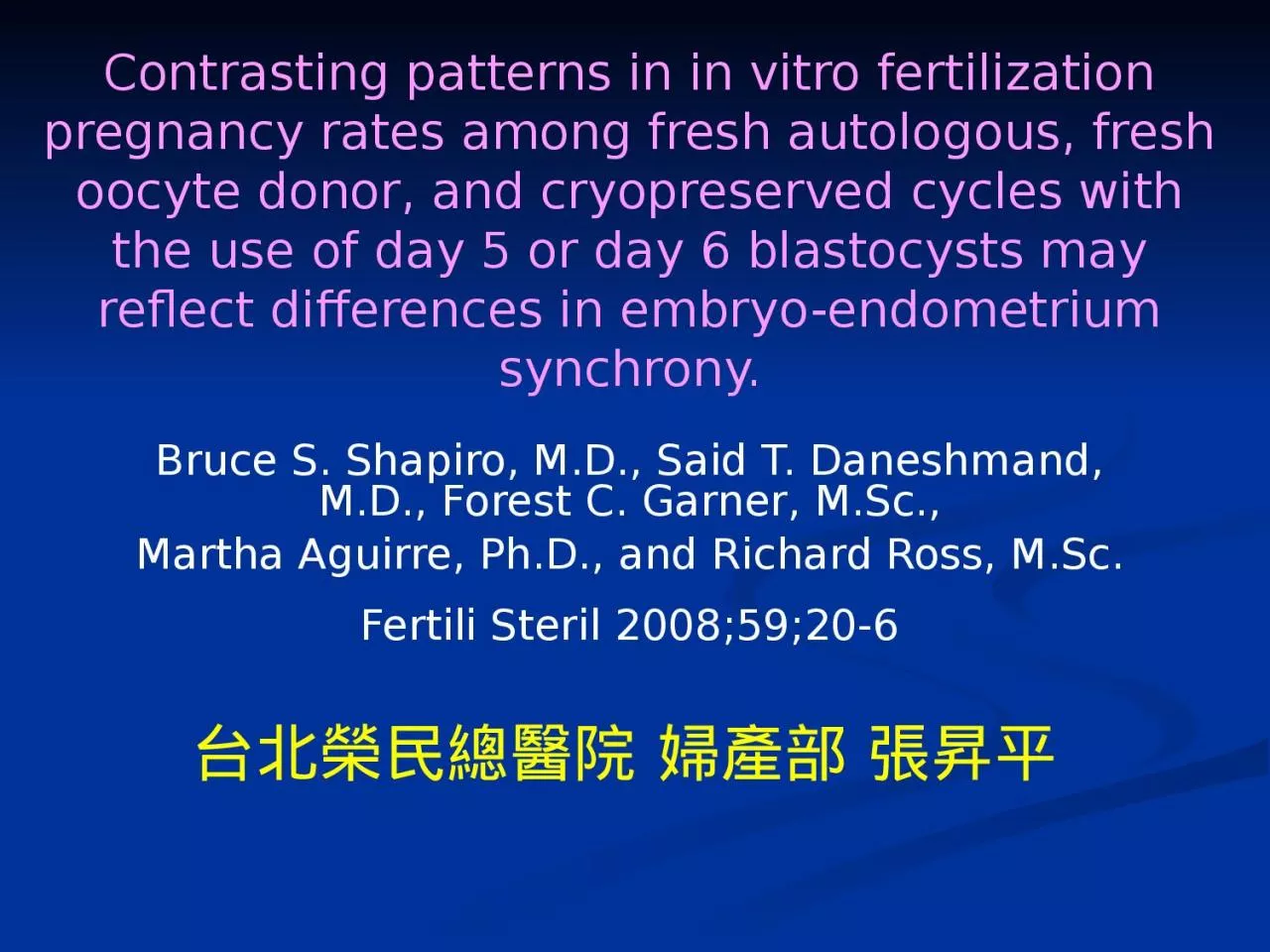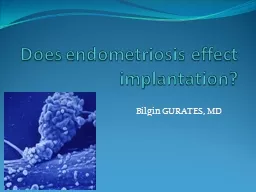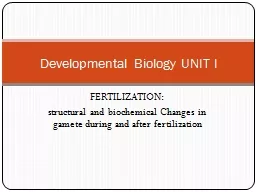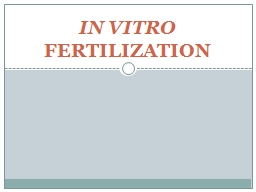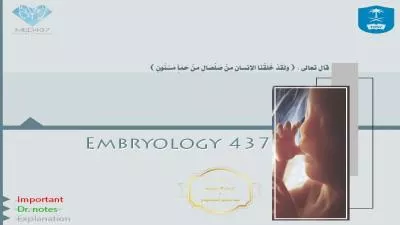PPT-Contrasting patterns in in vitro fertilization pregnancy rates among fresh autologous,
Author : delilah | Published Date : 2022-06-08
Bruce S Shapiro MD Said T Daneshmand MD Forest C Garner MSc Martha Aguirre PhD and Richard Ross MSc Fertili Steril 200859206 台北榮民總醫院 婦產部 張昇平
Presentation Embed Code
Download Presentation
Download Presentation The PPT/PDF document "Contrasting patterns in in vitro fertili..." is the property of its rightful owner. Permission is granted to download and print the materials on this website for personal, non-commercial use only, and to display it on your personal computer provided you do not modify the materials and that you retain all copyright notices contained in the materials. By downloading content from our website, you accept the terms of this agreement.
Contrasting patterns in in vitro fertilization pregnancy rates among fresh autologous,: Transcript
Download Rules Of Document
"Contrasting patterns in in vitro fertilization pregnancy rates among fresh autologous,"The content belongs to its owner. You may download and print it for personal use, without modification, and keep all copyright notices. By downloading, you agree to these terms.
Related Documents

